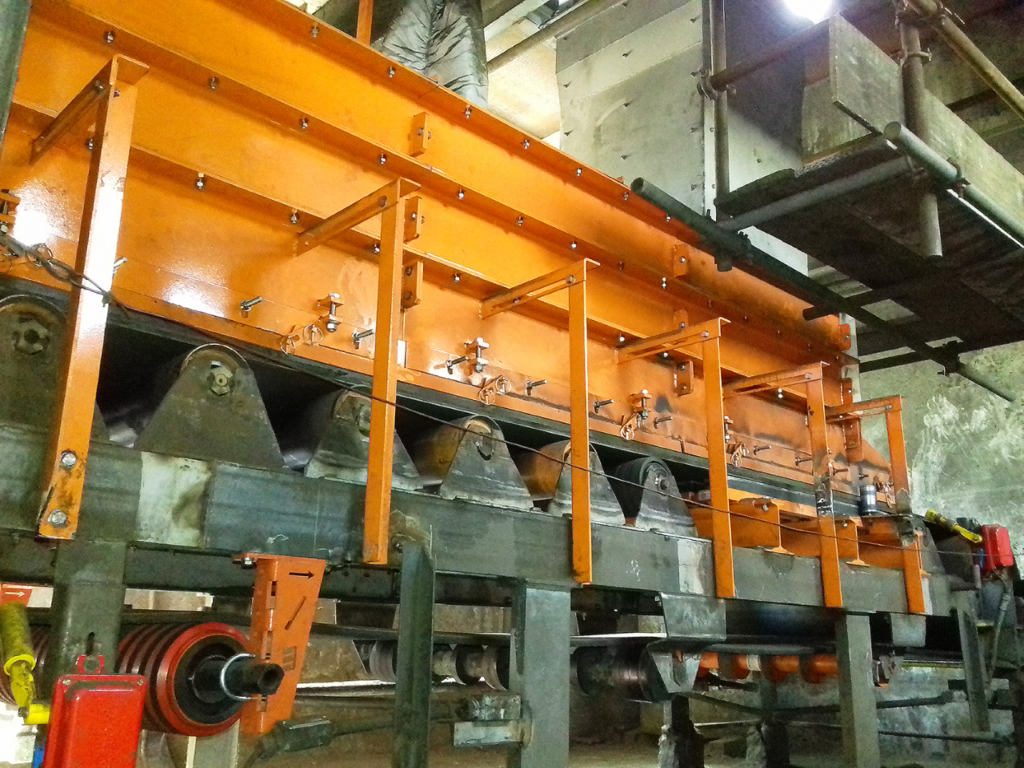Martin modular conveyor point kit offers easy future upgrades


Martin Engineering’s newest conveyor accessory hopes to reduce downtime for belts as well as increase modification options. The transfer point kit includes modular horizontal loading zone, settling zone, and stilling zone configurations, providing easier installation and a wider variety of chute options while facilitating future upgrades.
The kit is a heavy-duty horizontal enclosure for the loading zone. Each kit is either ordered as a loading zone, settling zone, or stilling zone. The width and length of the kit are determined by the receiving belt’s width and speed and the dust characteristics of the material being transferred. Dustier applications may require a longer settling zone.
The transfer point system accommodates belt widths of 450-1800 mm and an internal chute width of 228-1498 mm. Each modular section is either 1.2 metres or 1.8 metres long and constructed of mild steel, 304 stainless steel, or 316 stainless steel, with a thickness of 6.4 mm, 12.7 mm or 19.0 mm to accommodate a wide variety of materials and conditions.
A taller loading zone controls air turbulence and connects to both the drop chute and settling zone. When cargo hits a belt with great velocity, fines and lumps splash up the sides of the belt. Without a properly sealed enclosure, the material will spill underneath the conveyor, creating a hazard, restricting access, and fouling other components.
The settling zone follows the loading zone and helps mitigate dust emissions. Dust is collected, mechanically filtered or settled back into the cargo stream prior to leaving the stilling zone and continuing as a conventional open air conveyor.
To avoid delayed delivery and assembly, the kit comes as one crate containing all the pieces. The unit is fully modular to allow modifications after assembly, as opposed to having to wait for new pieces to be made and shipped in. The kit includes a chute wall weldment, wear liner assembly, wear liner plate, outer chute supports, top cover, tail panel/clamp/rubber sheet, installation hardware and an owner’s manual. The skirt seal is sold separately, since it is a single piece that runs the entire length of the chute and skirting is the most frequently replaced wear part in most transfer points.
To learn more, visit www.martin-eng.com.
Comments